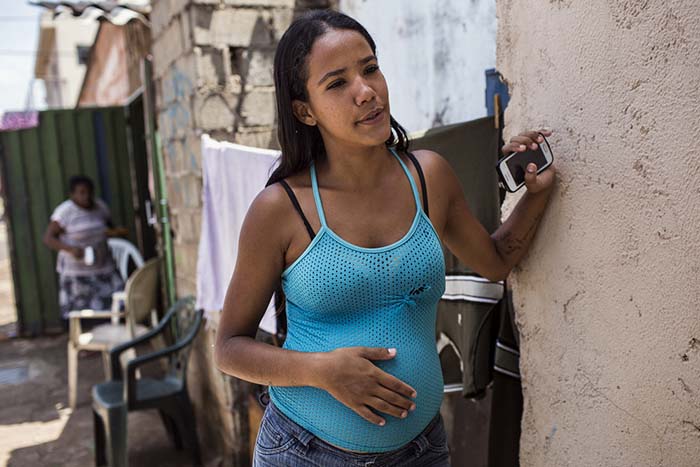By: Inga Vesper
Send to a friend
The details you provide on this page will not be used to send unsolicited email, and will not be sold to a 3rd party. See privacy policy.
Giving girls a robot baby to simulate parenthood could increase teenage pregnancy rather than reduce it, a research project has found.
The study, published yesterday in The Lancet, found that 8 per cent of 13 to 15-year-old girls who spent a weekend with a baby simulator became pregnant before the age of 20, compared just 4 per cent of those who didn’t have the experience. An additional 9 per cent of girls who used the robot baby had an abortion before age 20, while this happened to just 6 per cent of girls not exposed to the baby.
-
The baby simulator study
-
8% of 13 to 15-year-old girls who spent a weekend with a baby simulator became pregnant before the age of 20
-
4% of girls who didn't experience a baby simulator got pregnant
-
9% of girls who used the robot baby had an abortion before age 20
-
6% of girls who didn't experience a baby simulator had abortions
The authors explain that the 1,267 Western Australian girls who used the baby simulator as part of the study were from slightly lower economic backgrounds than the control group, which could explain some of the findings. However, they add that the evidence clearly shows that such programmes, which are costly and technically difficult to deliver, do not reduce teenage pregnancy.
“In fact, the risk of pregnancy is actually increased compared to girls who didn’t take part in the intervention” said lead author Sally Brinkman, a researcher at the University of Western Australia in Adelaide.
The use of a robot baby which cries, defecates and tracks the amount of care it receives by its adopted mother is common in developed countries to demonstrate to teenagers how exhausting it is to care for a baby. Such initiatives are becoming more common in developing countries – Puerto Rico, Mexico, Costa Rica, Nicaragua and Panama run regular baby simulator programmes in their schools.
The robot baby programme is expensive, the paper notes, with a standard pack of ten simulators costing up to $20,000. “These interventions are likely to be an ineffective use of public resources for pregnancy prevention,” said Brinkman.
Previous research cited by the authors found that exposure to the simulator led to a small increase in the number of girls planning to have children later in life. They also state that even those girls who find it difficult to look after the robot baby believe that their own baby would be easier to care for.
According to the World Health Organisation, 11 per cent of all first-time mothers in any given year are between 15 and 19 years old—the majority of which live in developing countries. Early motherhood has a negative impact on girls, as it tends to reduce or cancel their education, places an additional economic burden on them and can lead to health problems, the WHO says.“The cure for teenage pregnancy is more difficult than a magic doll,” said Julie Quinlivan, a researcher at the University of Notre Dame Australia. She added that programmes to prevent teenage pregnancies must involve boys as well as girls, and need to offer girls methods to prevent pregnancies as well as flag up alternative life choices to early motherhood.














